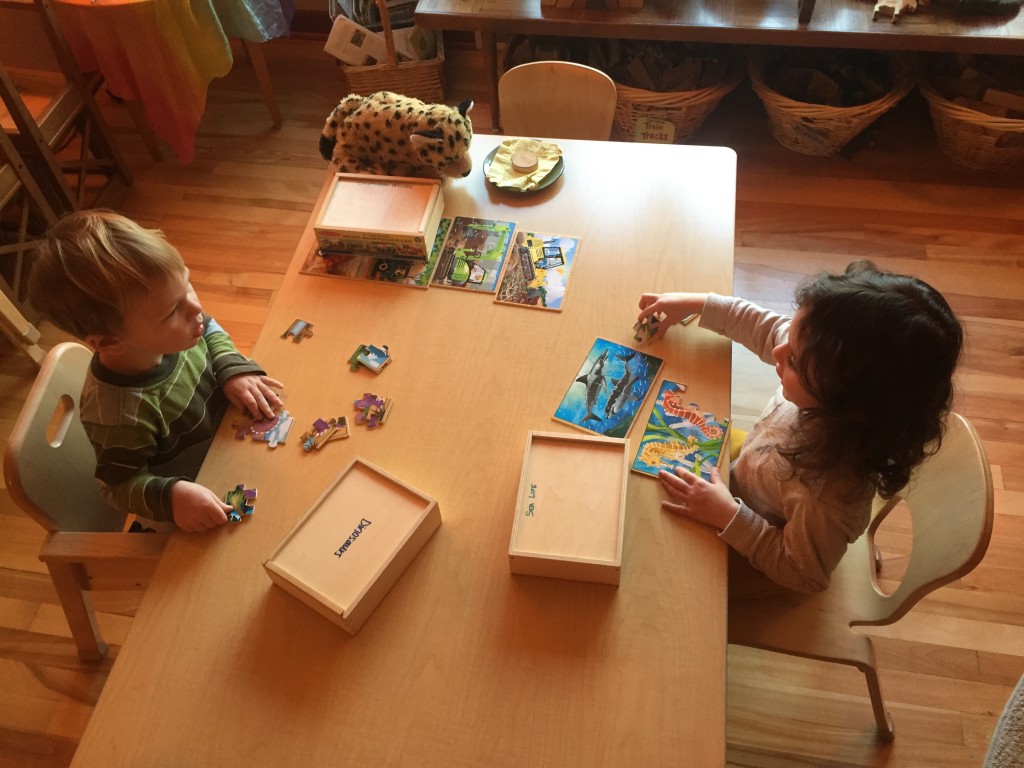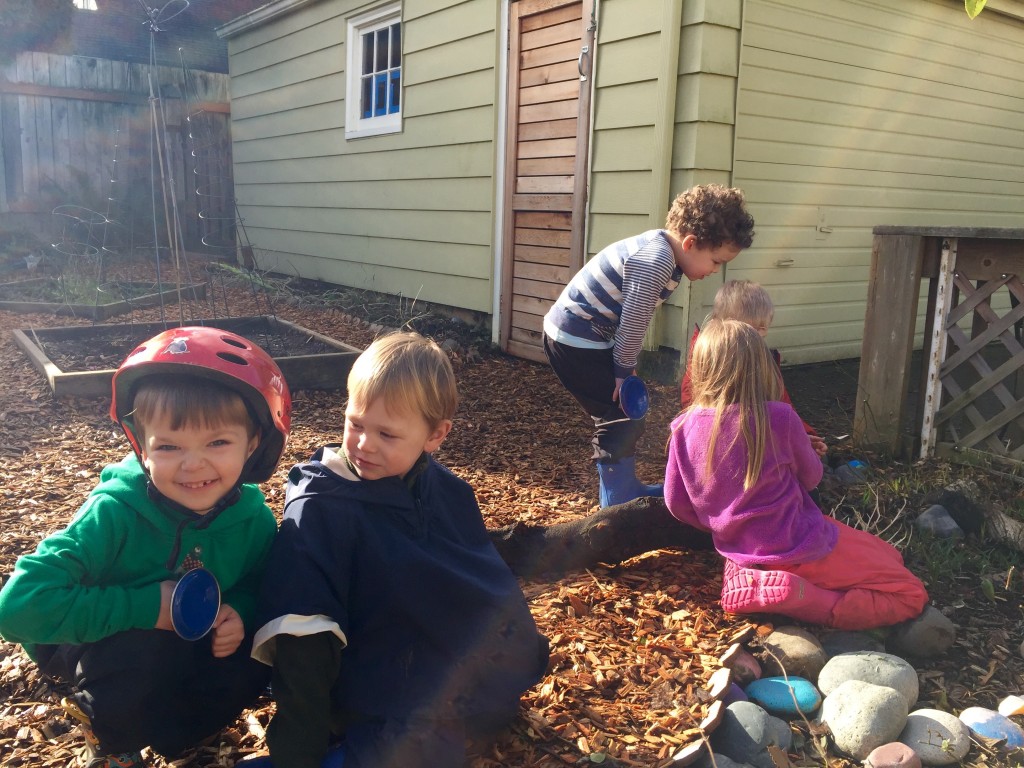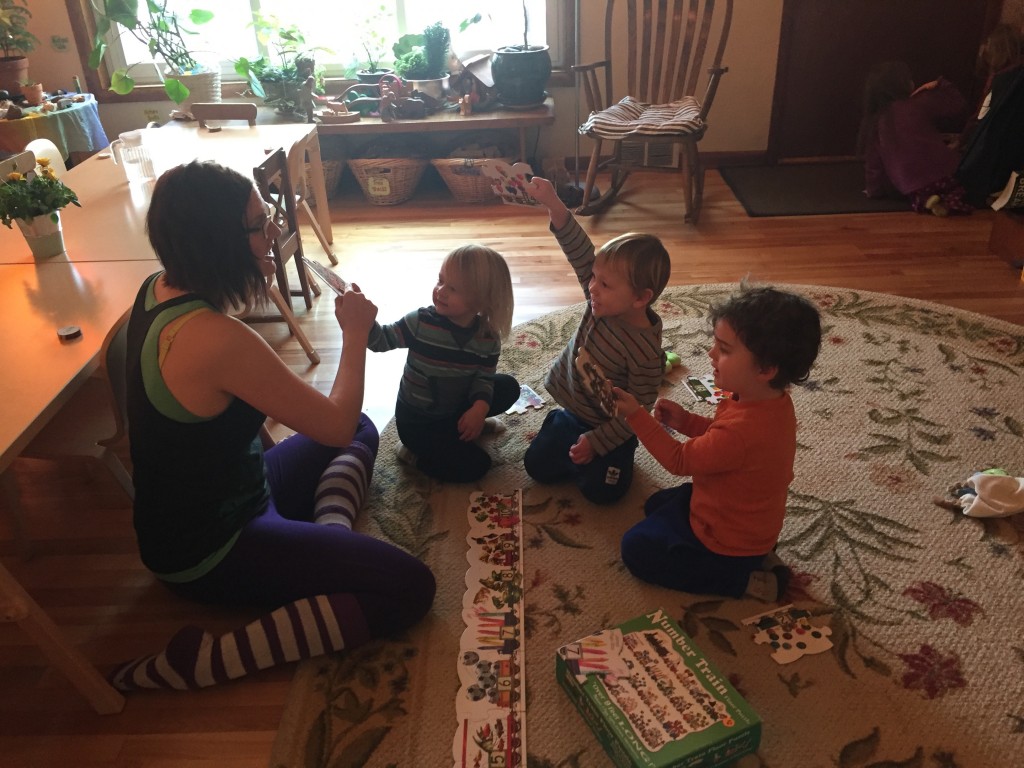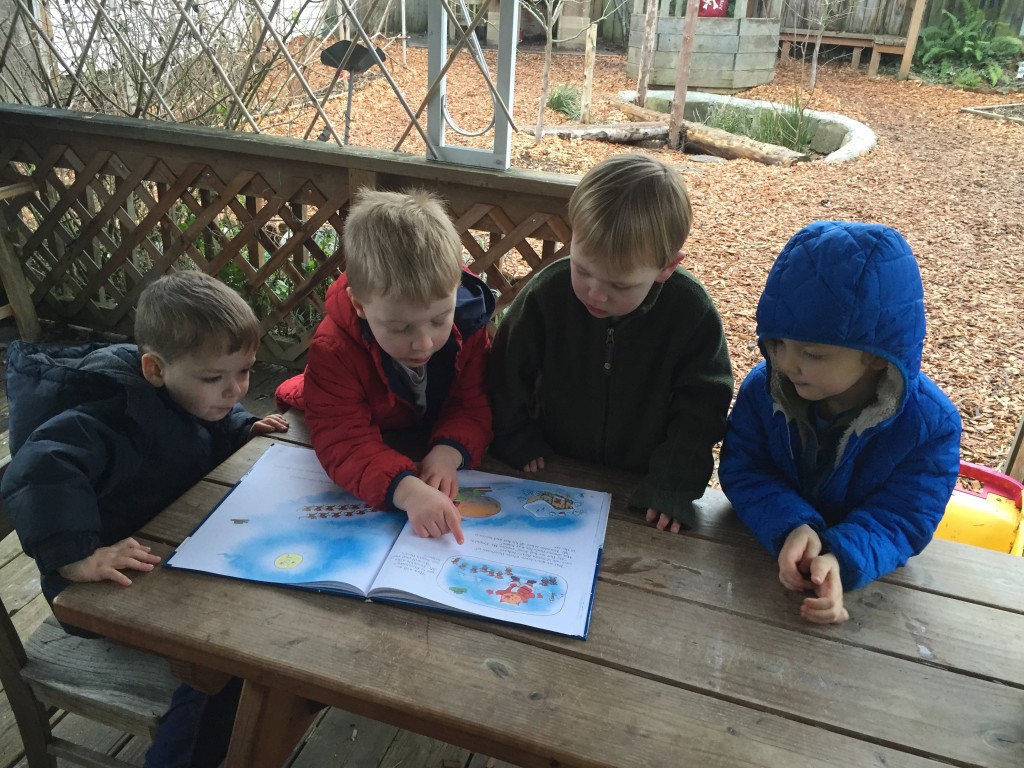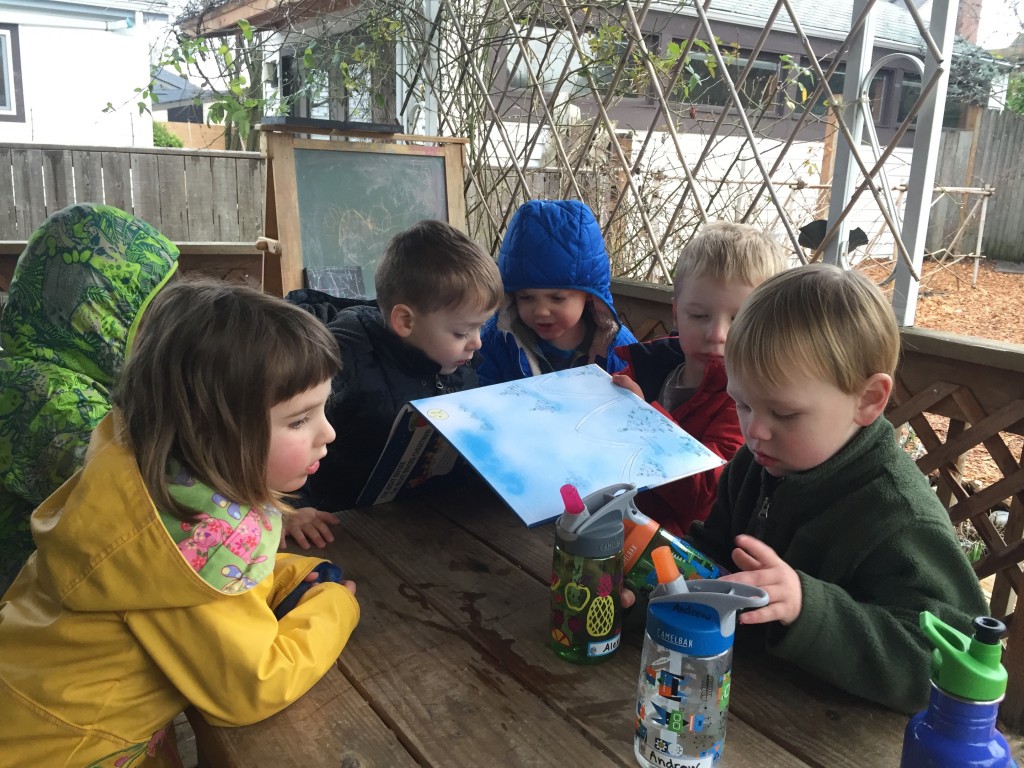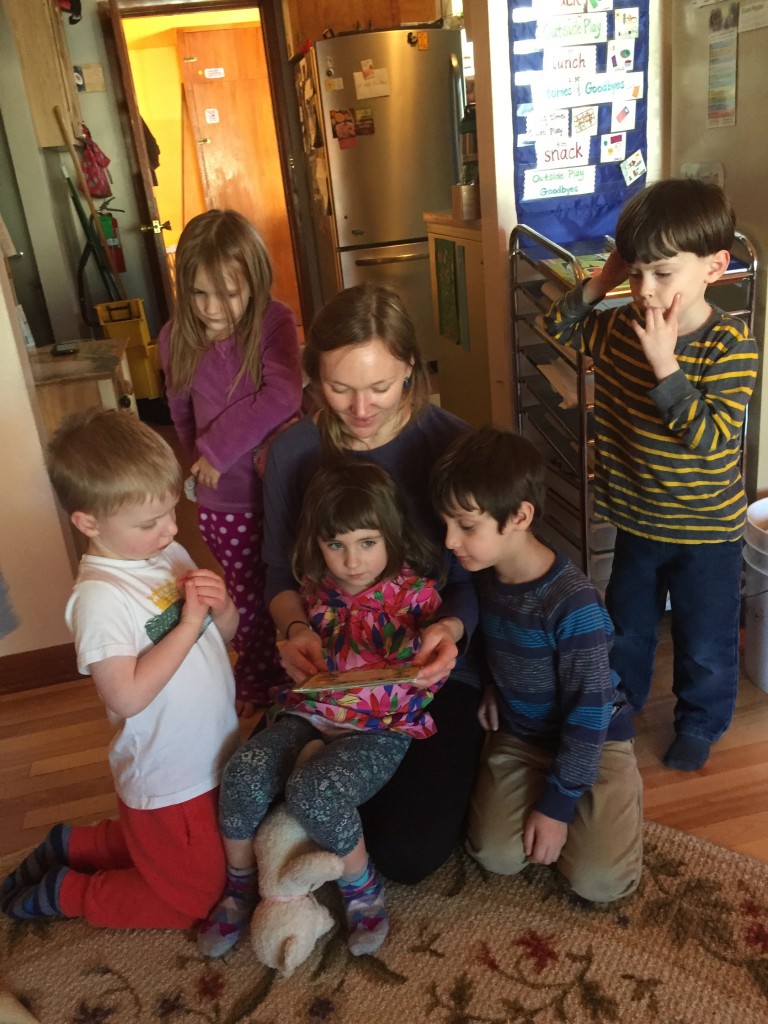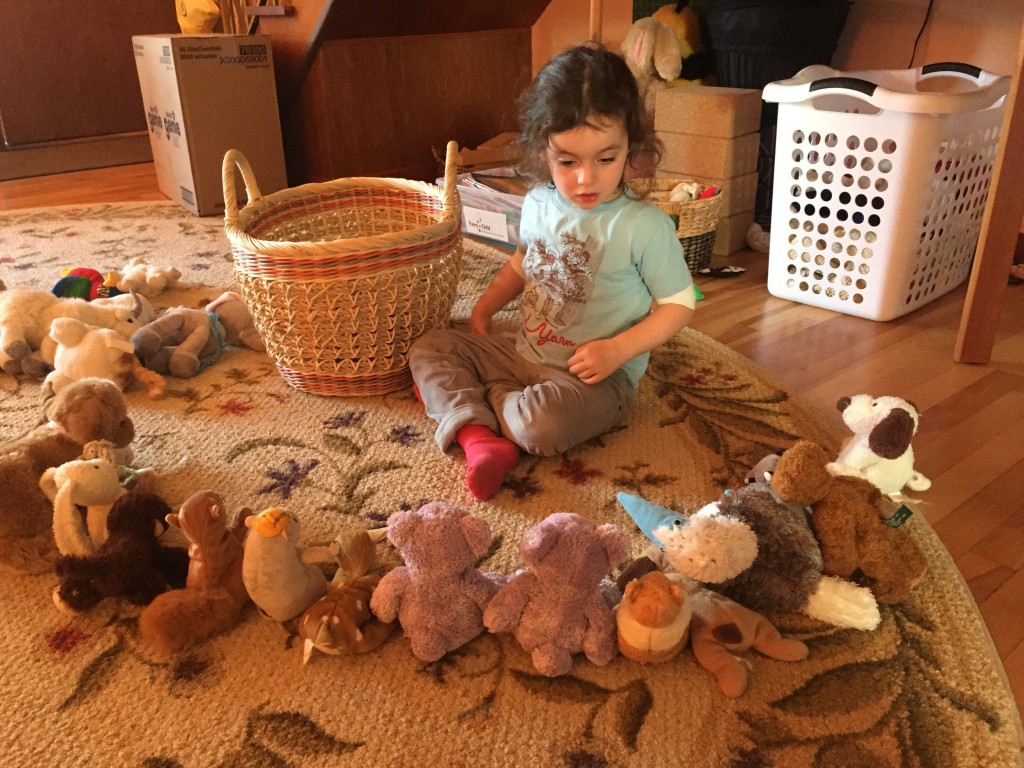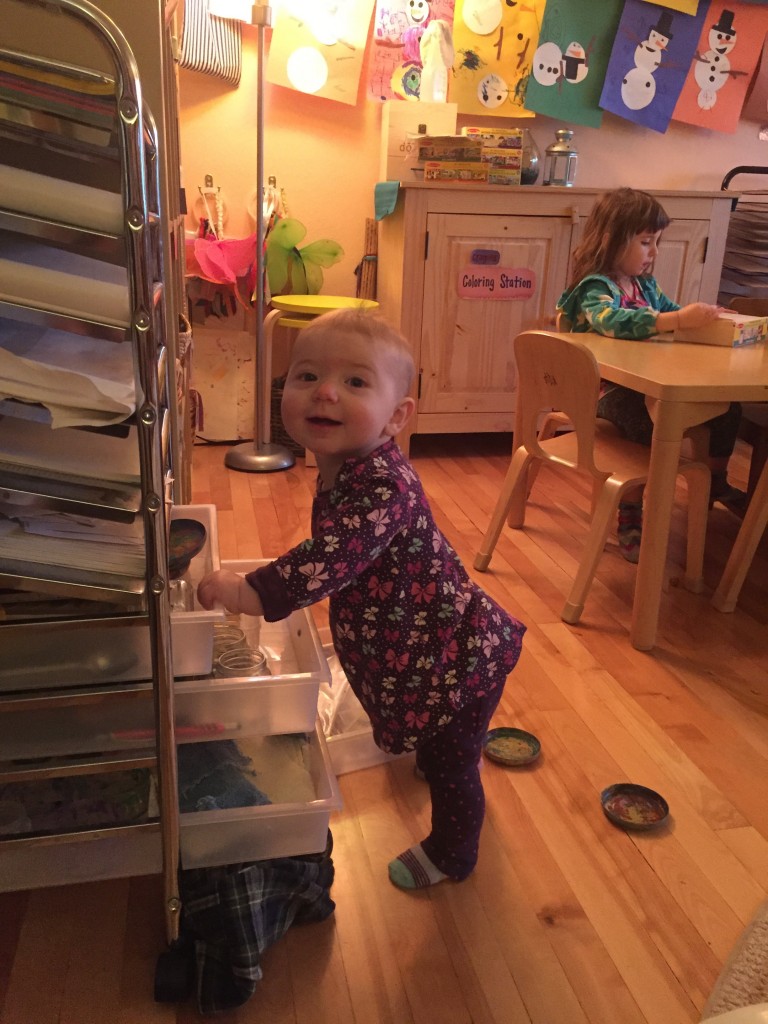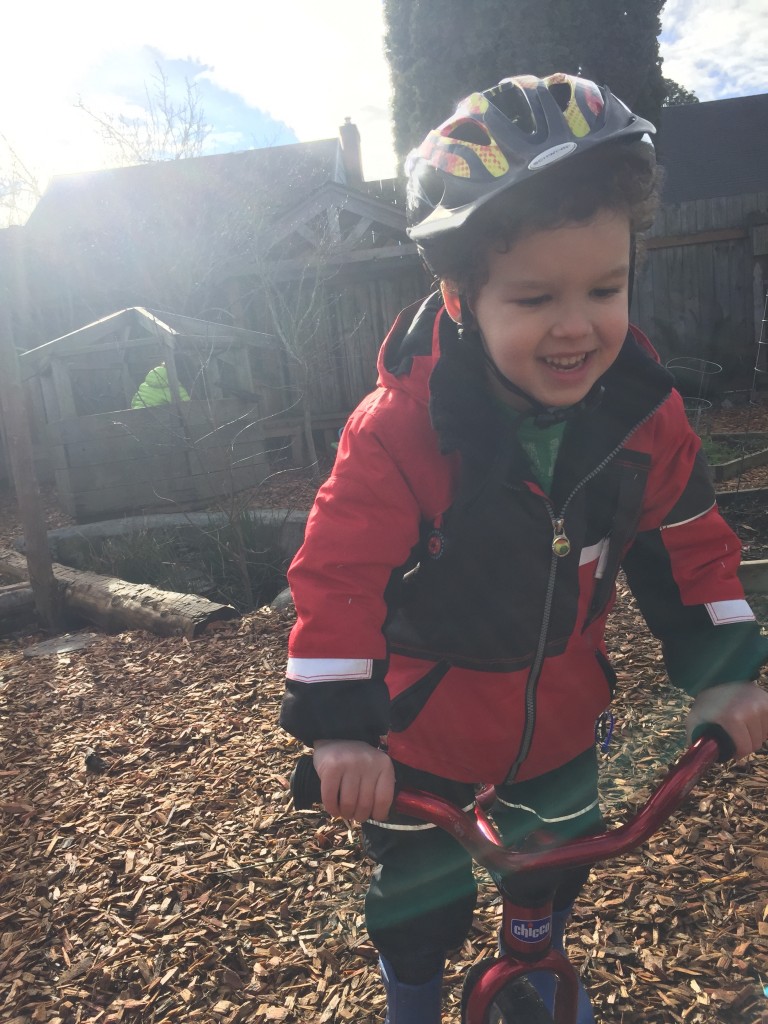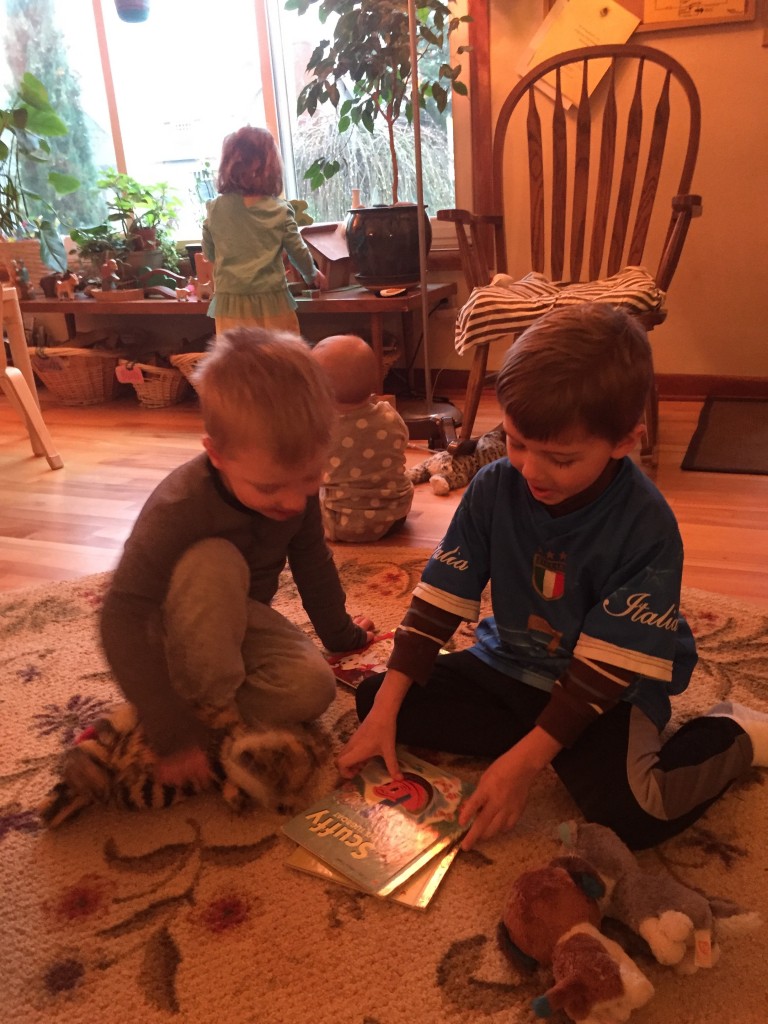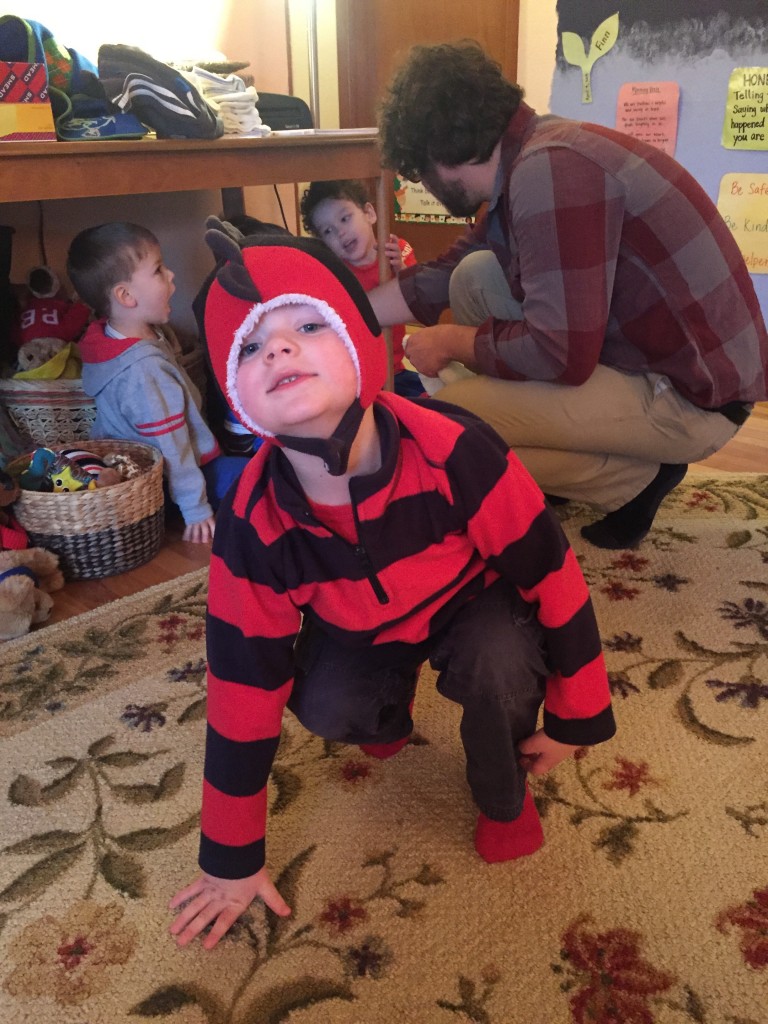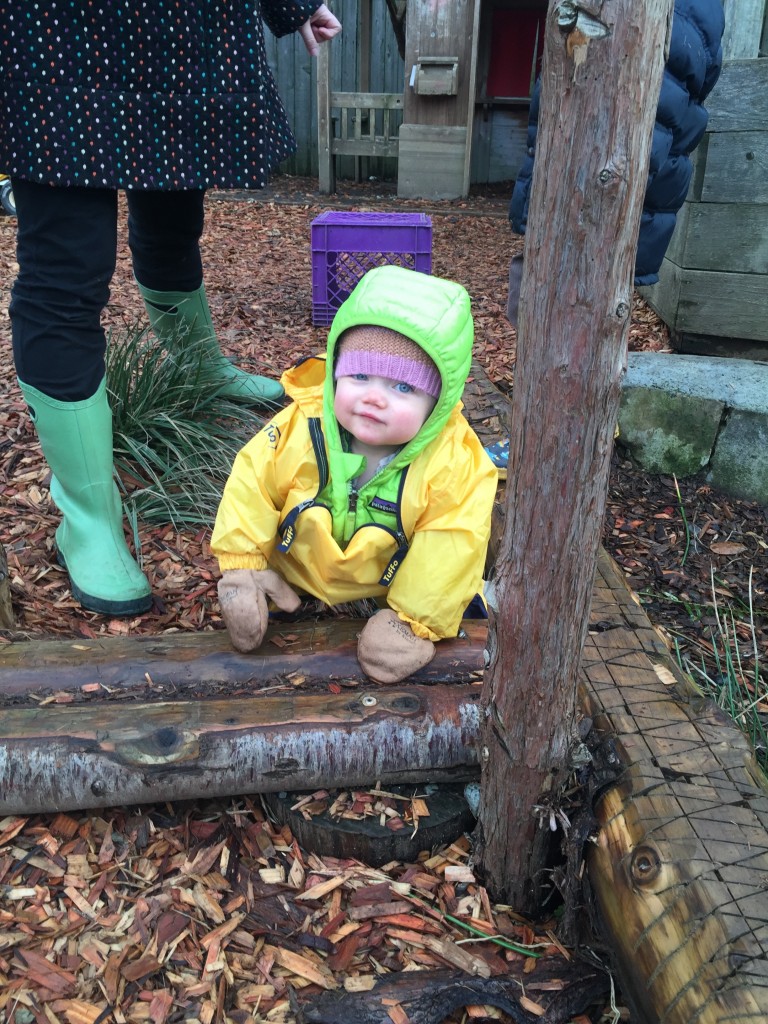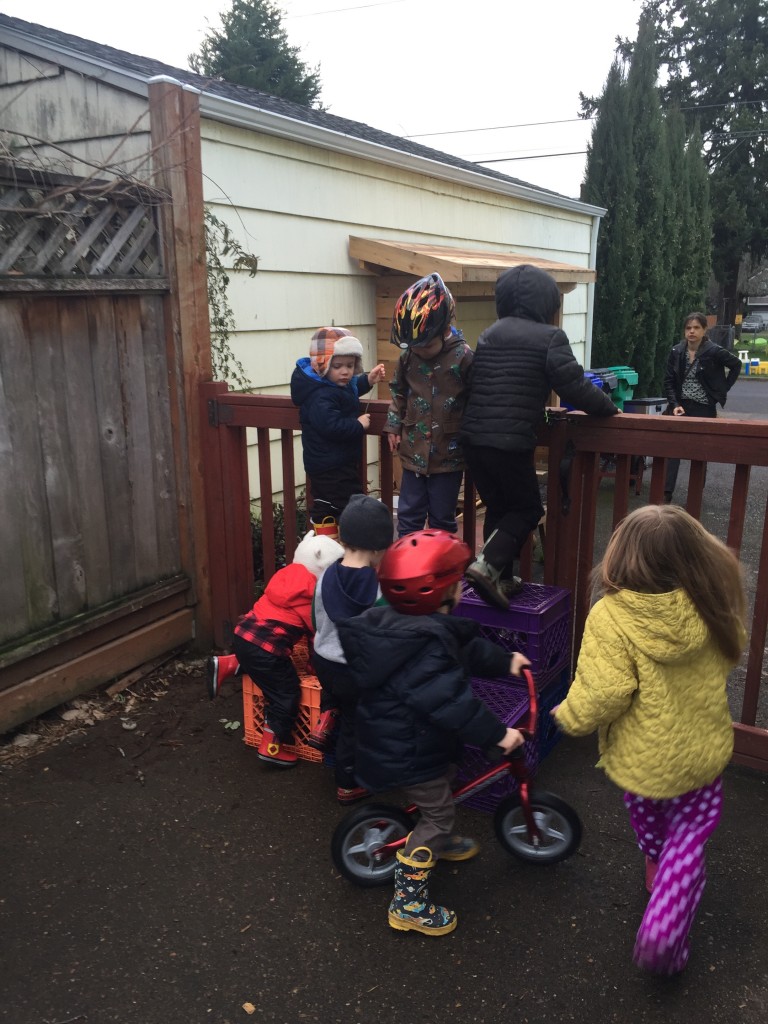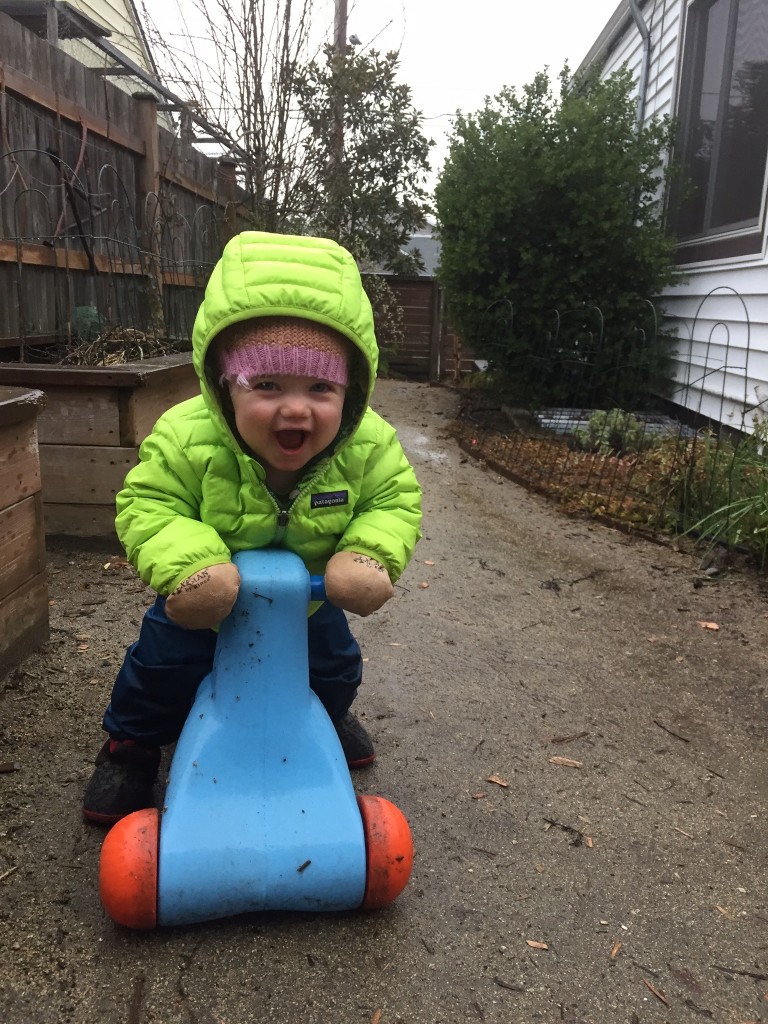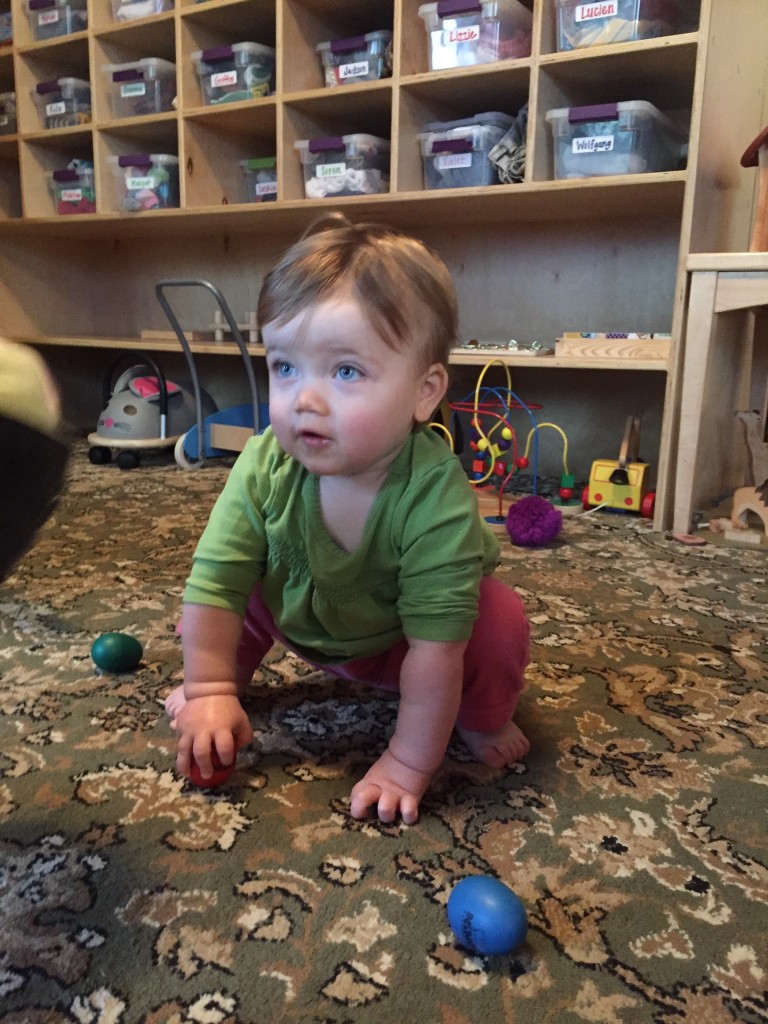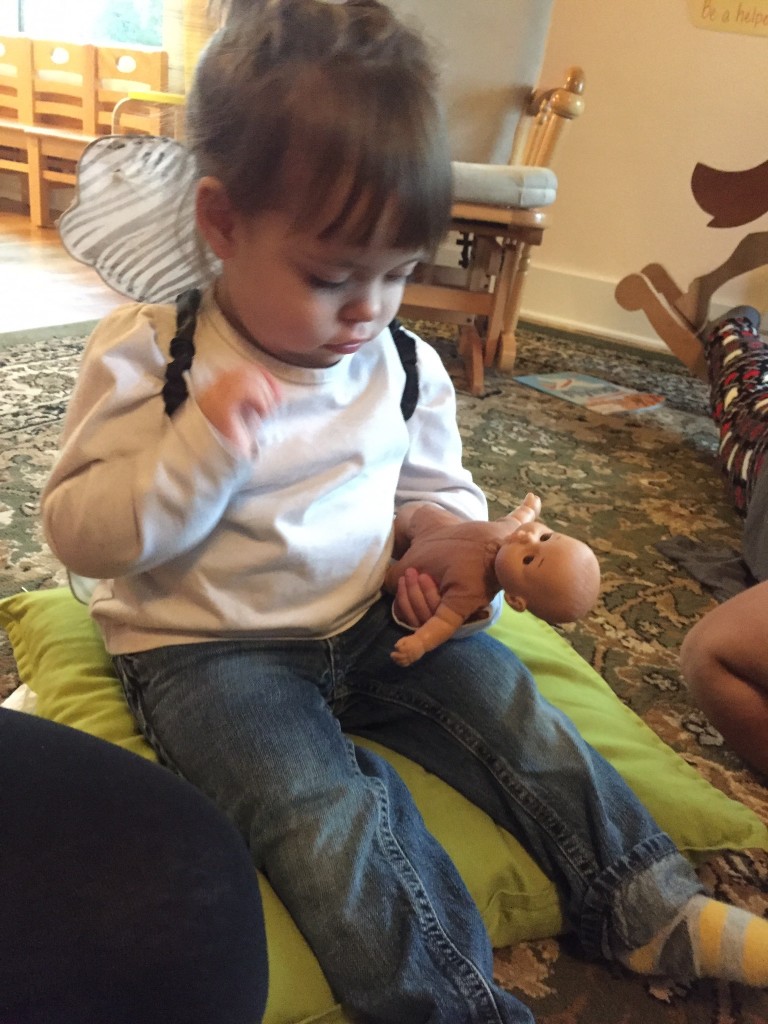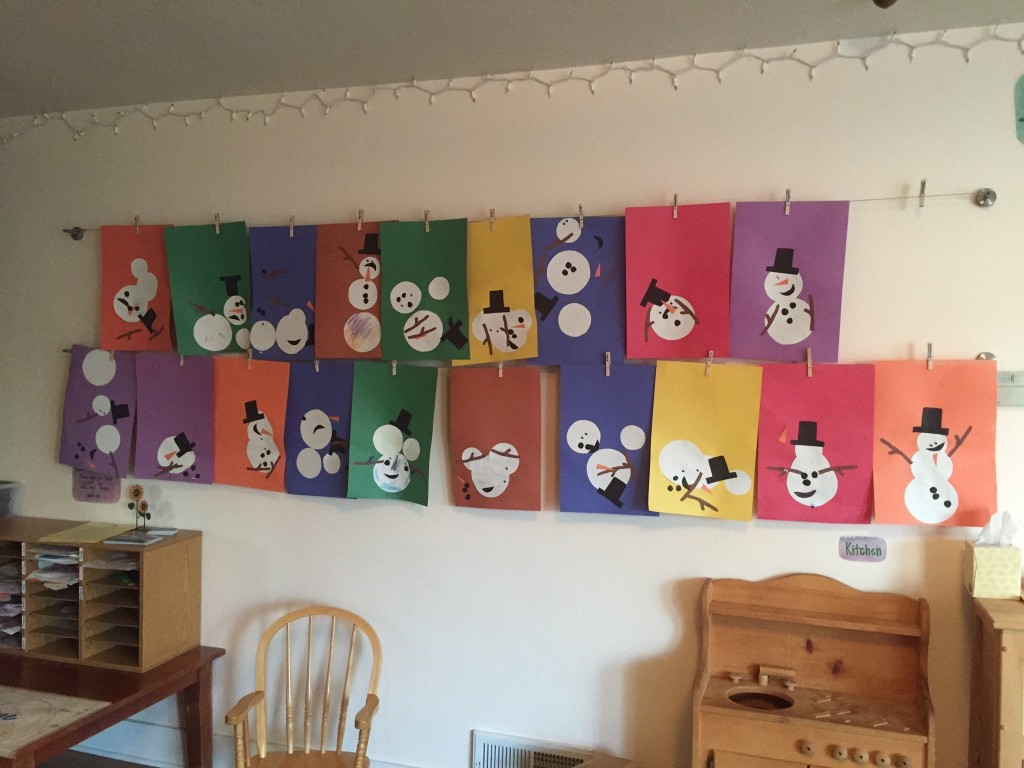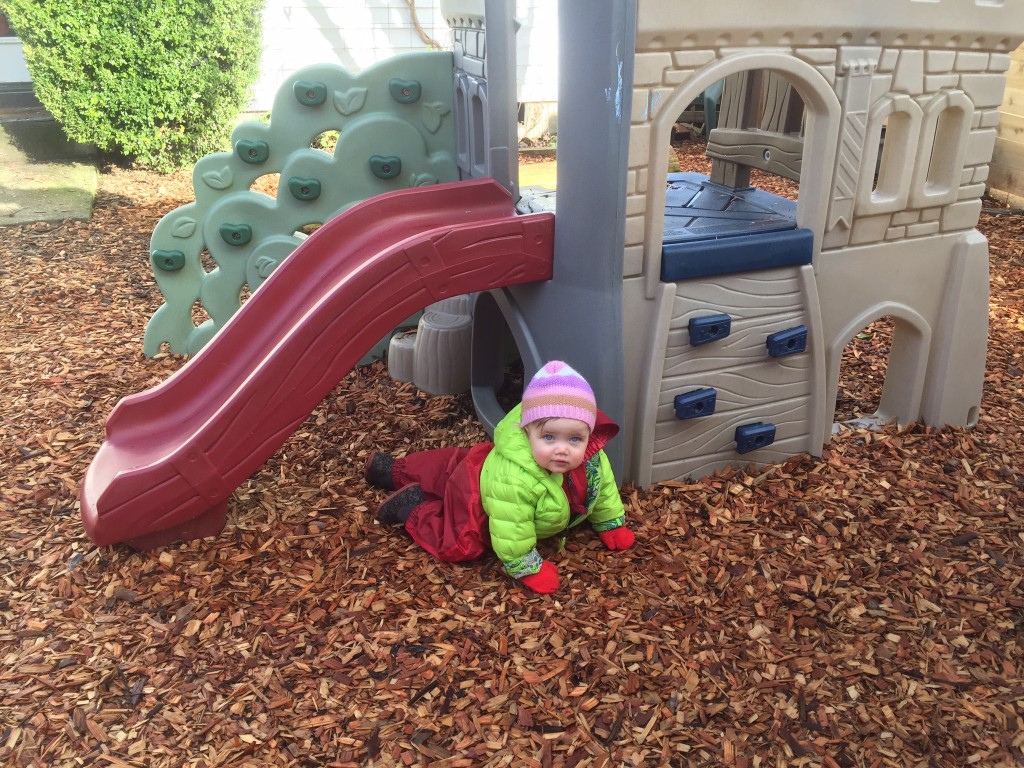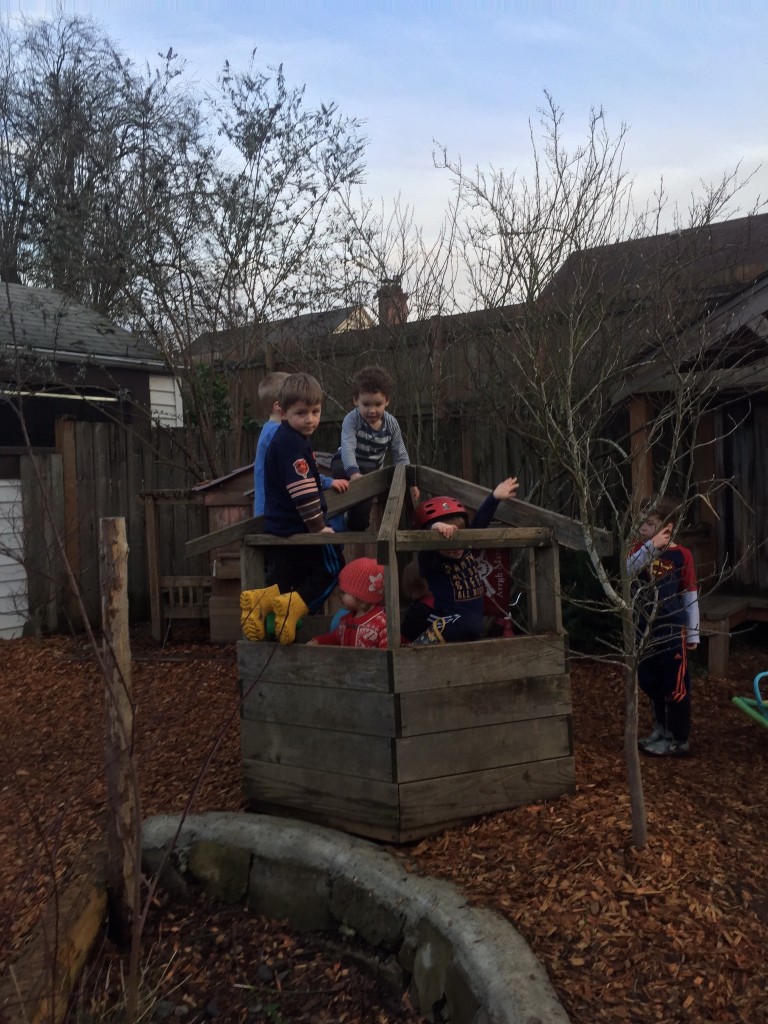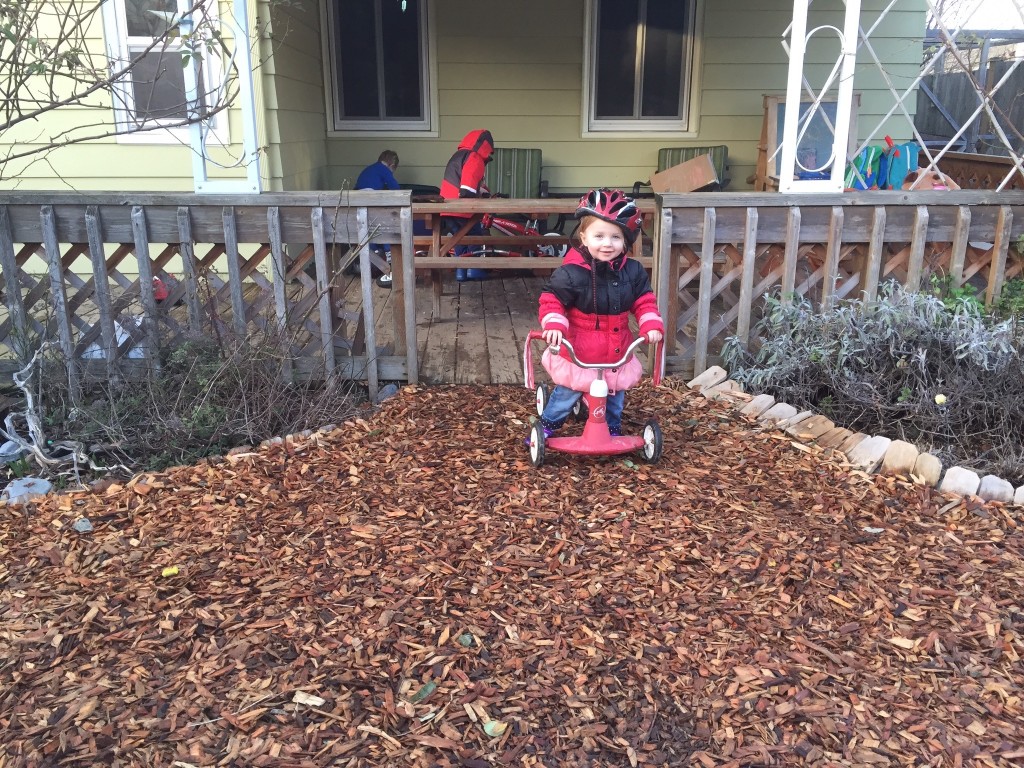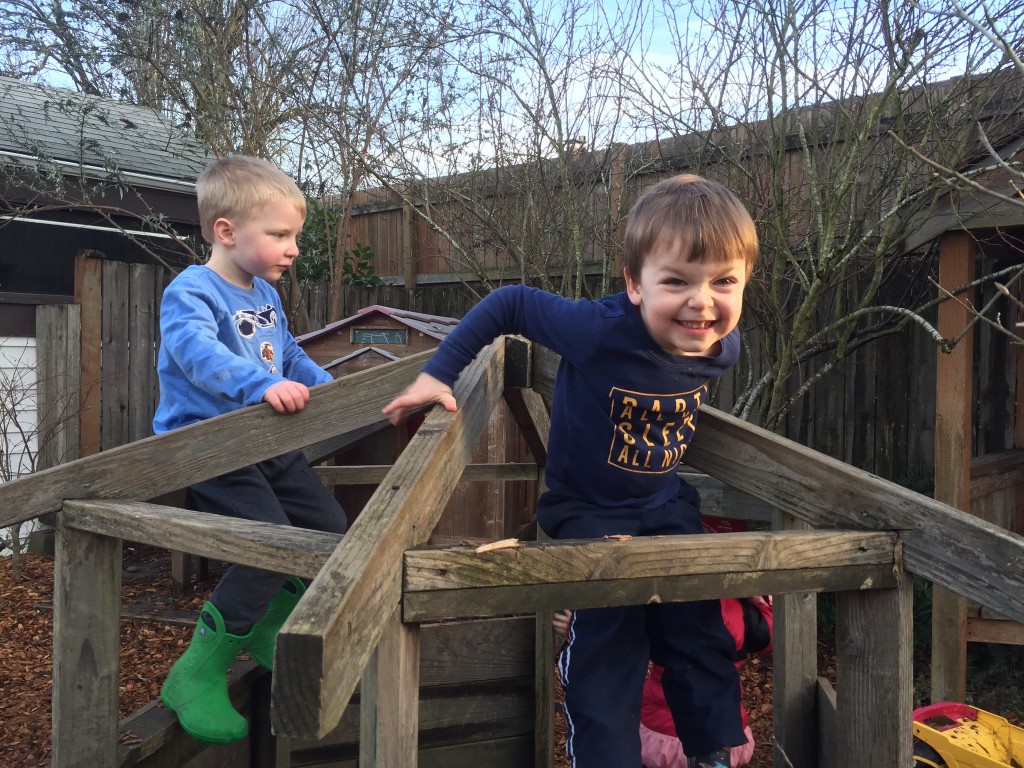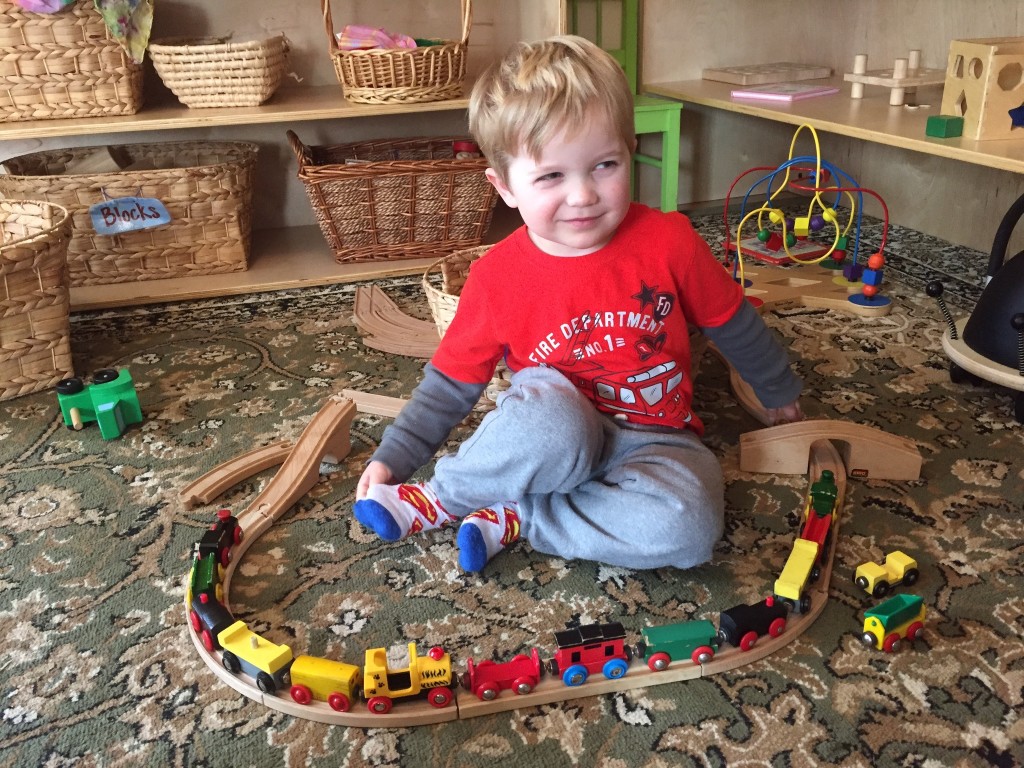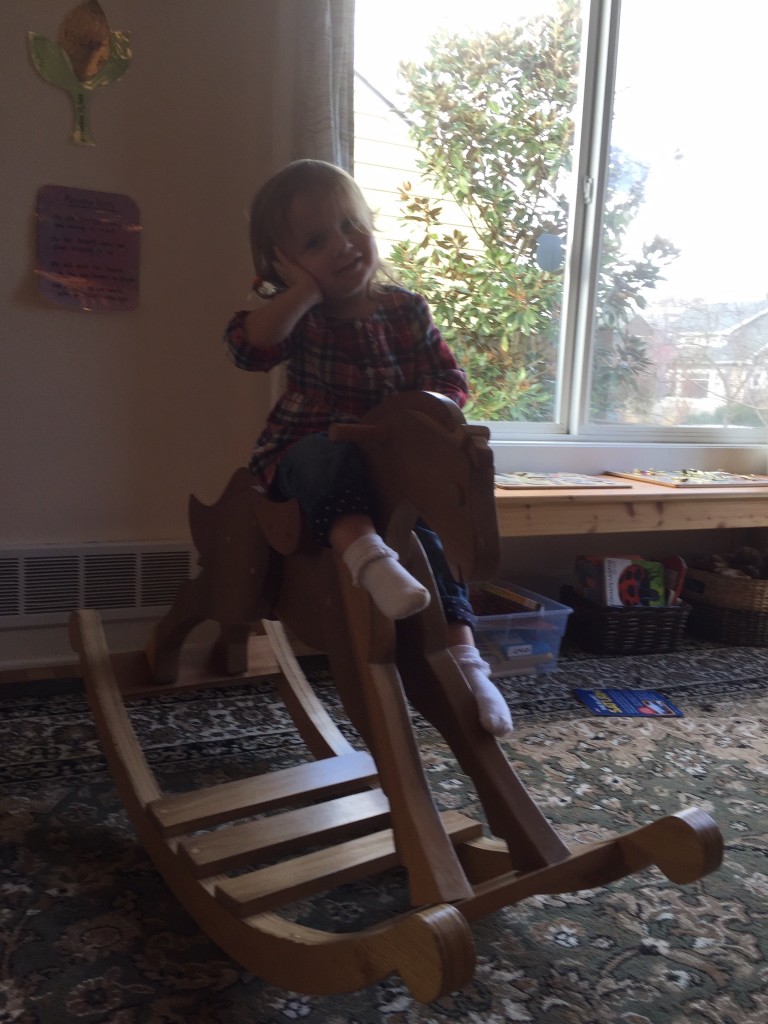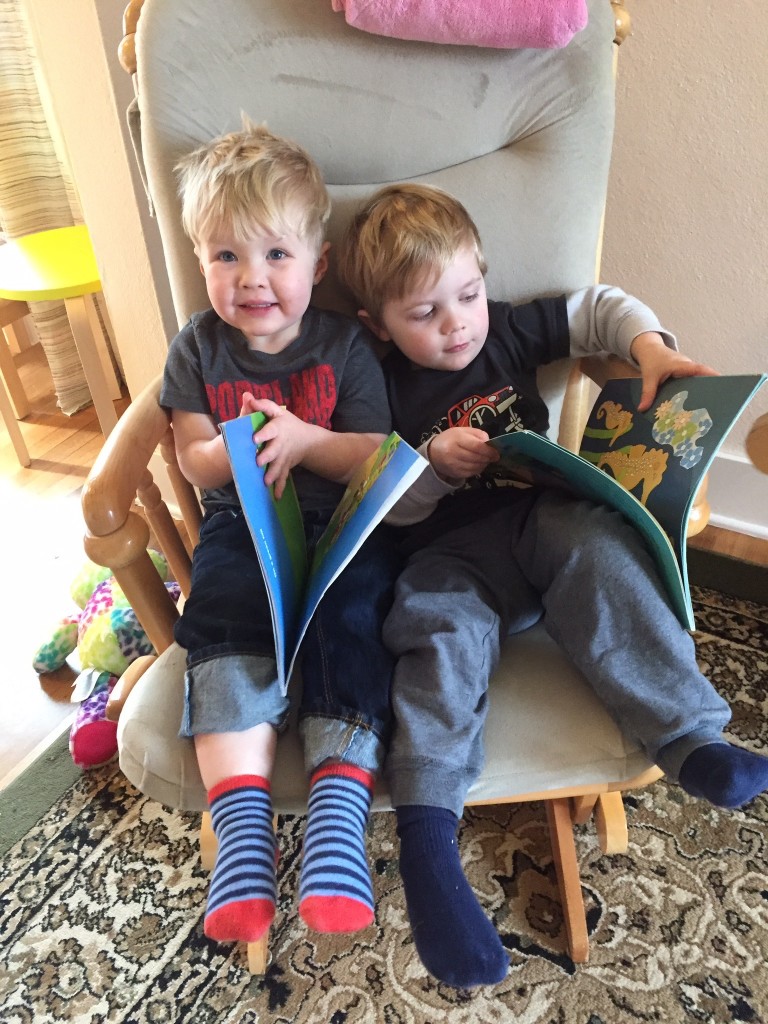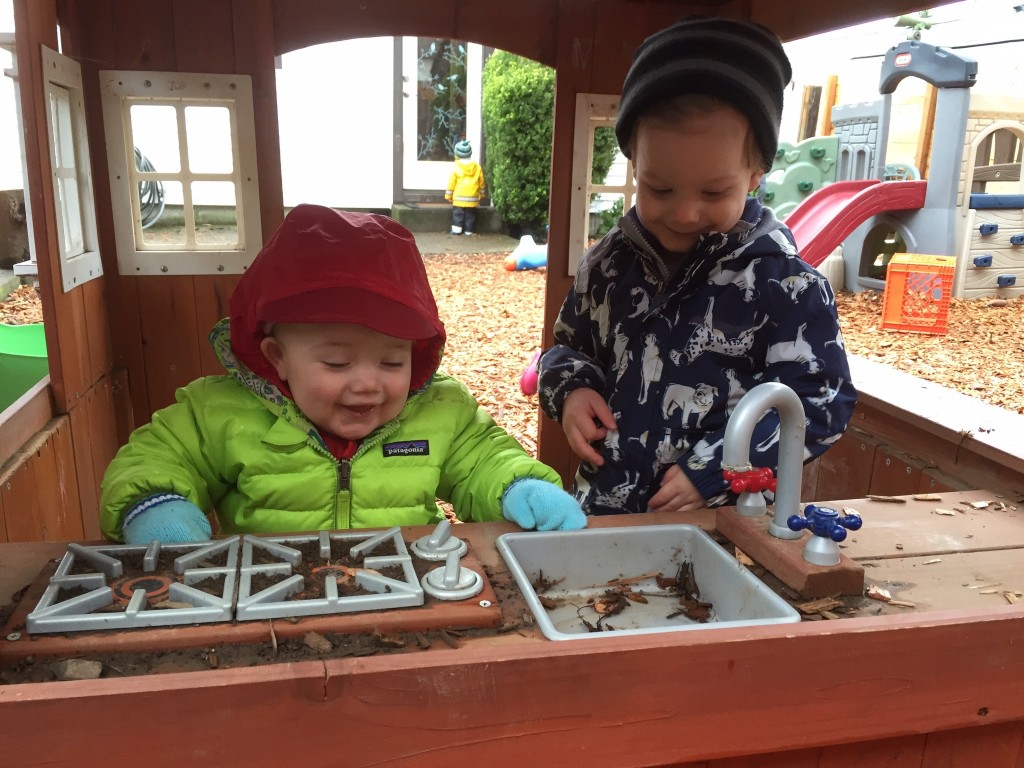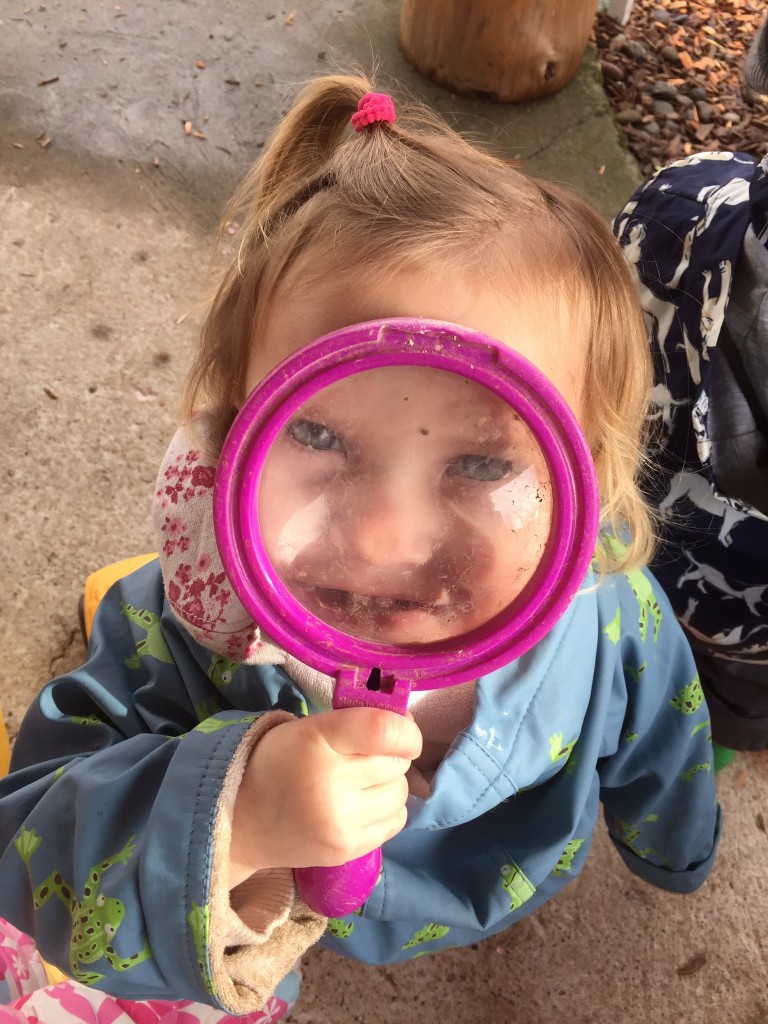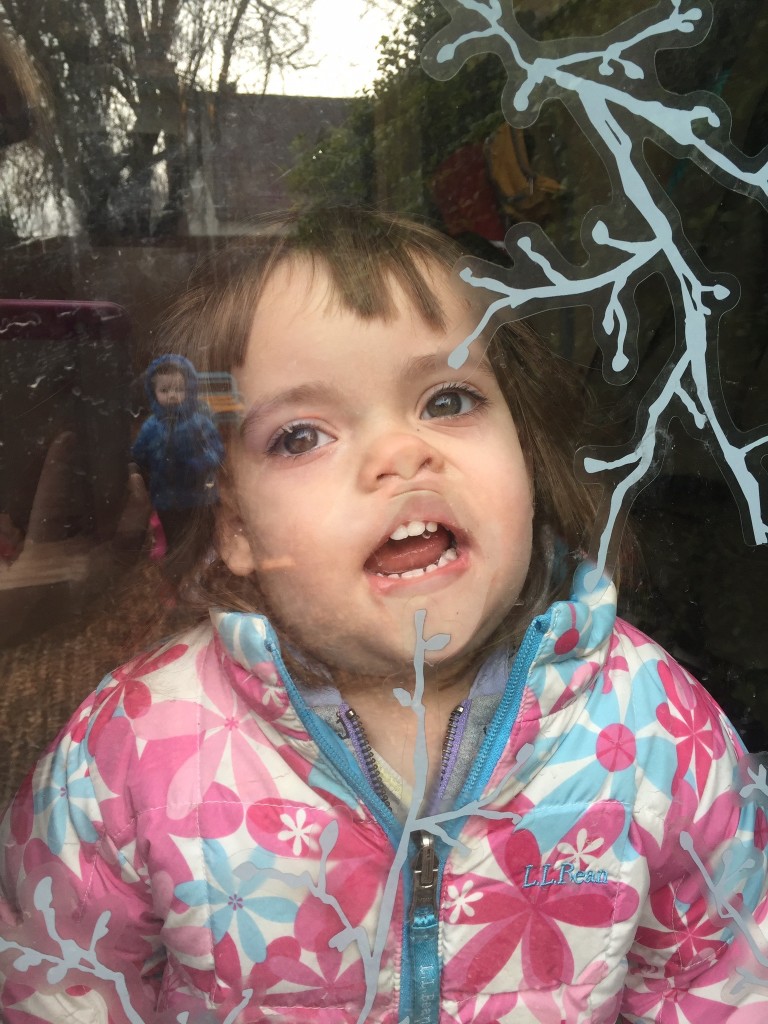When we pass someone in the hall at work the best we can muster is a, “How’s it going?” And when we are asked that same question at the check out stand our response is usually, “I’m good” even if we are anything but good and our day has been a mess. Even as adults, let’s face it, we can really stink at showing compassion. How can we do better at truly caring for one another? How can we pass this quality onto our kids? Compassion is concern for the sufferings and misfortunes of others or as we are defining it at B’s Preschool…
COMPASSION – Helping Someone Who is Sad, Hurt, or Needs Something
1. Teach By Example
We all know that the kids or watching out every move, so we can’t expect them to start showing qualities that we aren’t first displaying. So how can we be more compassionate with our words and actions? Look for opportunities to go the extra mile with kindness and clue your child in on it. Compassion can happen anywhere, but for simplicity let’s think of some examples at a grocery store. Do you see an older person who can’t reach a product? Offer to help them get it. Did you find something that is out of place or perhaps an item someone dropped? Return it to the proper place or take it to customer service. Does your grocery clerk seem overwhelmed? Ask them about their day or what they are looking forward to after the get off. Is there a safe way to give a homeless person a dollar? Do it! Compassion may take some extra time, but it is worth it to set the example.
2. Show Kids Compassion
Kids need to know what receiving compassion feels like to. Did they get hurt or are feeling sick? Show them some extra TLC and ask plenty of questions about how you can help them feel better. This isn’t about “babying them”, but showing them that you really care about them. Are they having a difficult day (ex. their sibling keeps taking their toys), tell them you know it must be frustrating and that you want to see how you can help.
3. Know the Phrases and Stick to Them
When we caused something negative to happen we often rush to say, “SORRY!” However, as important as sorries are, they don’t fix up the problem. At preschool when one person hurts another person, whether it was an accident or not, there are two questions that are ALWAYS asked. “Are you okay? and “What can I do to help?” It important for them to first hear how their friend is doing and allow them to suggest ways to make the situation better. After they help their friend then it is time to say sorry or work out ways for it not to happen again. Repeat these phrases at home or on the go when situations arise, as well as adopt them into your own language when talking to others.
4. Present the Problem, Ask for Solutions
Scenarios help us all learn. Present your child with believable stories associated with things they know and ask them to name the compassionate thing to do. Later this month we will be doing a canned food drive for the Oregon Food Bank, but we hope to introduce the idea by the kids coming up the solution. We will present to them the concept that some families don’t have cabinets full of food and are unable to buy it for themselves sometimes.
We would love to hear how COMPASSION is coming to life in your home for your child and family! Feel free to email or text us your stories.
